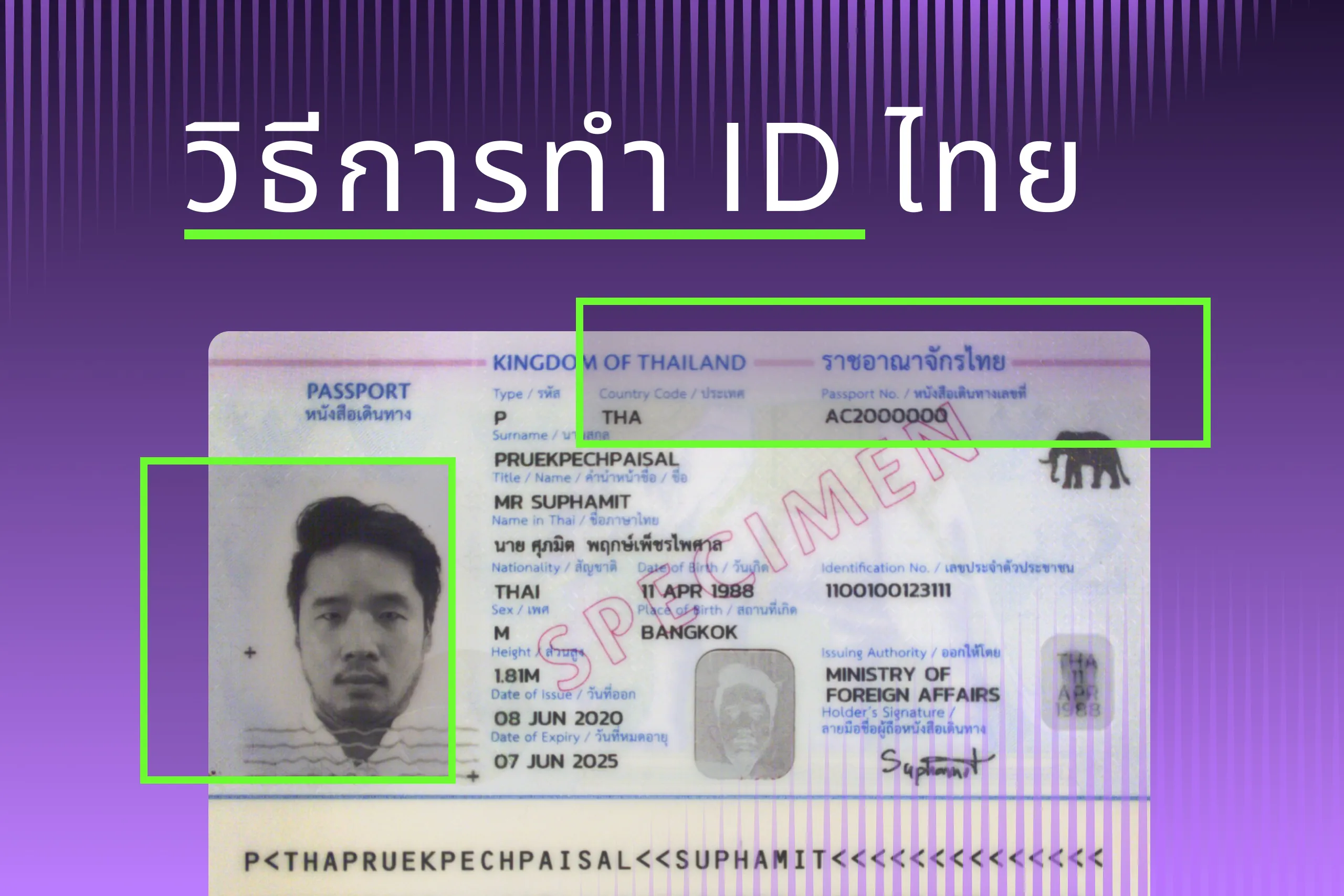Diversity is a great thing. Still, it can create some challenges when it comes to handling identity documents from different countries.
In this post, we’ll have a closer look at Ethiopia, the African country that can boast of some of the largest diversity in the world. See for yourself: it’s the 13th-most populous country with over 100 million people, 80 ethnic groups, and 90 languages spoken. Their IDs have plenty of peculiarities too.
Let’s dive right in.
Get posts like this in your inbox with the bi-weekly Regula Blog Digest!
The challenges of processing Ethiopian IDs
Here at Regula, we started to train our systems to recognize Ethiopian IDs early in 2022 when we got several customer requests.
From what we can see so far, one of the significant issues that make reading Ethiopian documents difficult is the way they used to be created. The process involves a significant human factor. For example, many ID documents in circulation aren’t laminated, and are therefore highly susceptible to wear and tear.
Other than that, Ethiopian documents, regardless of their type, include non-Latin characters. In some of them, not only personal data but also the very field names aren’t in English. Some documents also include handwriting.
These facts make effective processing of Ethiopian IDs a challenge and all the more exciting task for us.
Amharic script

Some OCR tools have trouble reading non-Latin characters.
Ethiopia has five official languages: Amharic, Oromo, Somali, Afar, and Tigrinya. Even though Amharic isn’t the largest language in the country—Oromo takes the first place—it’s culturally the most influential, and until 2020 it was the only official language of Ethiopia.
Amharic has been in use by official organizations, such as the government and courts, as well as for everyday communications, starting from the 12th century. So it’s no surprise that you can find it on Ethiopian identity documents.
The Amharic script looks like anything but Latin. If you don’t know it and encounter an Ethiopian ID card, there’s no chance you’ll have a clue how to read it.
The alphabet includes 34 base letters, each with six derivatives. An Amharic character—a glyph—represents a sequence of a consonant followed by a vowel. This way, the base consonant determines the shape of the character, which is slightly modified depending on the vowel. All in all, it totals 238 characters.
.webp)
Optical character recognition of Amharic, as well as other African indigenous scripts, can often face challenges because of the large number of characters, which are often visually similar.
When training Regula’s systems, we use a combination of networks that differentiate Ethiopian vowels and consonants and can double-check some characters in case of doubts before delivering the result to users.
Dates

A date written according to the Ethiopian calendar (top) and the same date in the Gregorian calendar.
In Ethiopia, it’s seven years behind the Gregorian calendar. The reason for this difference is that Ethiopians still use the same calendar that the Roman church amended in 525 AD.
A year starts on September 11 or September 12 in a leap year and is divided into 13 months. The first 12 months consist of 30 days each. The thirteenth month—Pagumiene—has five or six days and lasts from September 6 to September 10/11.
As a result, you may encounter a person whose birthday is November 12, 1977, but the same date in the Gregorian calendar will be November 21, 1984.
In some ID documents, both dates are present. But unlike with Thai IDs, where we use the dates in two formats for a cross-check, we don’t do that in Ethiopian documents. That’s because in many of them, dates are written only in the national format. We just recognize and convert them into Gregorian dates.
The variety of IDs
Ethiopia comprises 11 regions and 2 chartered cities, Addis Ababa and Dire Dawa. Each region has different templates for driver’s licenses, national ID cards, birth certificates, and other document types.
In addition, there is a fairly strong human factor in the issuance process. Now, electronic national IDs are starting to emerge, but nevertheless, you can still stumble upon a document where the photo of the owner is simply stapled with two metal staples (a real case from our experience, and it wasn’t a fake Ethiopian passport).
How to effectively process Ethiopian documents
Ethiopia is still on its journey toward creating a secure unified identity document set. While doing so, it’s vital to use solutions that can effectively work, not only with a beautiful national script, but also considering various imperfect conditions that affect the verification process.
At Regula, we consolidated our hands-on experience in tackling such challenges, and we have a proven workflow for rapid system adaptation to new data: new document templates, new identity fraud types, new requirements for verification, and more.
Regula’s database includes 12,500 document templates, including several dozen document types issued in Ethiopia. This number isn’t set in stone, as we constantly update the collection—and can do so on demand. Thanks to such a rich source of templates, you’ll be able to process Ethiopian customers reliably and lightning-fast at the same time.
Let’s talk if you need a working solution or advice on how to bring the authentication of documents in Ethiopia to a new level with us—identity verification practitioners with over 30 years in the field.





